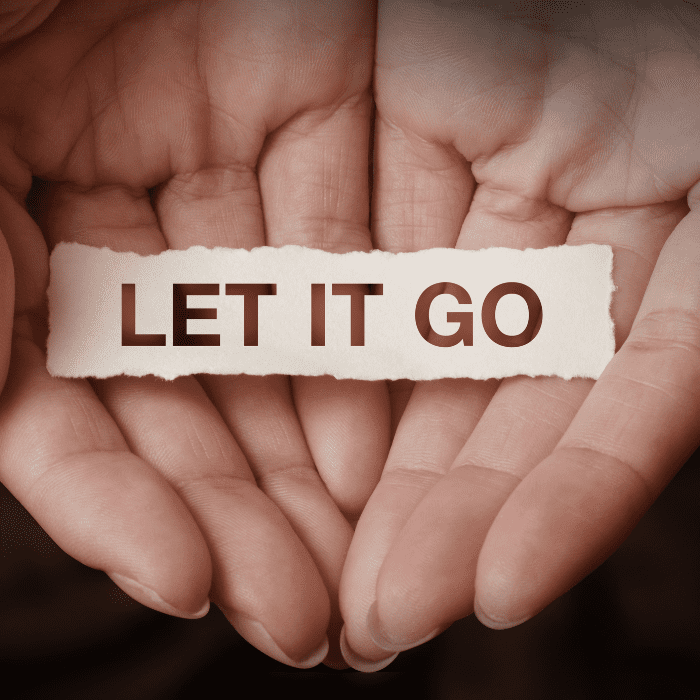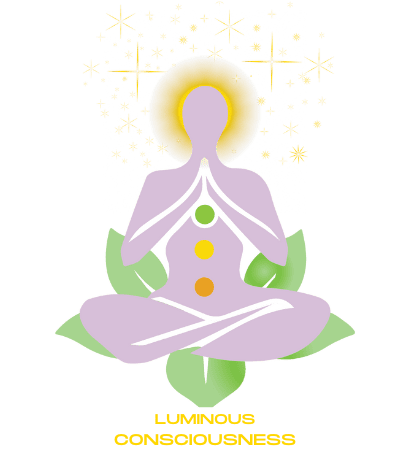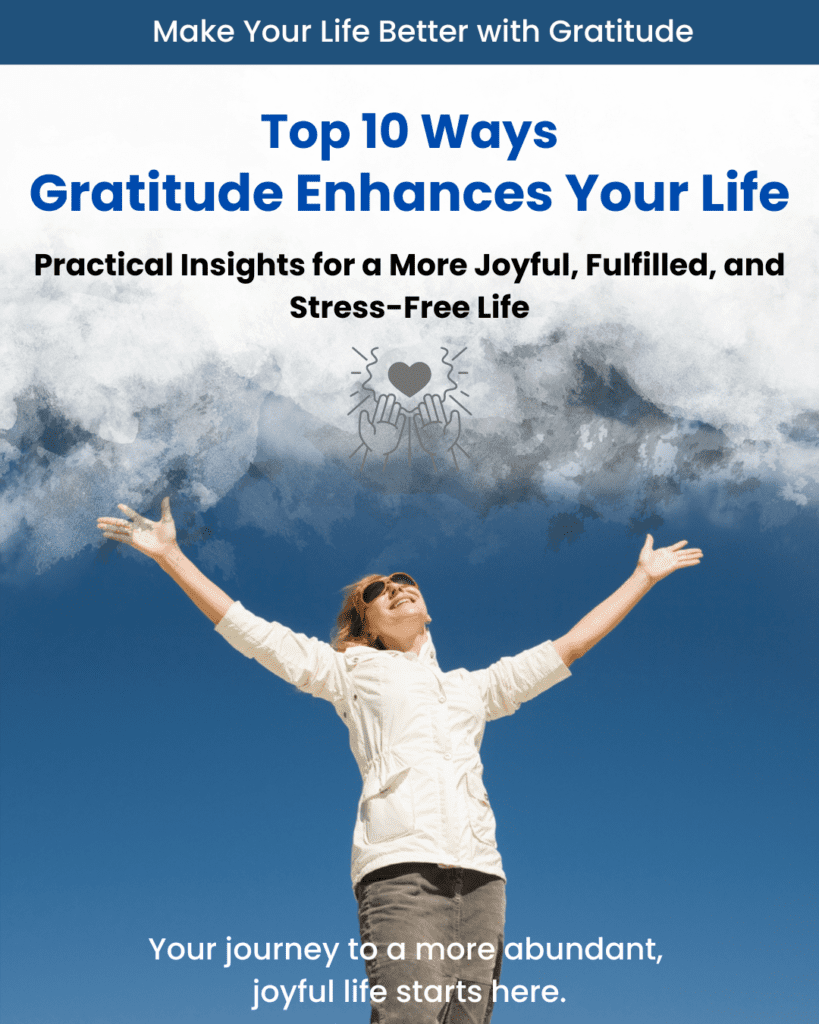Here’s a little transparency: Our website contains affiliate links. This means we may receive a small commission if you click and make a purchase. Don’t worry—there’s no extra cost to you. It’s a simple way you can support our mission to bring you quality content. Learn more at the Affiliate Disclosure page.

Mastering the Art of Presence: Unlocking the Power of Mindfulness
Living in the present is an art and a simple and achievable necessity in our modern, fast-paced lives. It’s not about ignoring the future or forgetting the past—it’s about appreciating where you are in that moment. Learning to live in the present allows us to experience life more fully, with less stress and more joy.
Mindfulness can be a valuable tool in our lives if we cultivate the habit of always living in the moment. It reduces anxiety and stress.
Why Living in the Present Matters
The present is the only moment we truly have. Worrying about the future or dwelling on the past can rob us of opportunities to enjoy the here and now. By focusing on the present, we align ourselves with life’s flow, creating space for clarity, fulfillment, and happiness.
Practical Ways to Live in the Present
- Start with Small Observations
Living in the present doesn’t require drastic changes. Start by observing the little things. Notice the texture of the chair you’re sitting on, the sounds around you, or the taste of your food. Often overlooked, small moments are the key to living in the present. - Create a “Pause Practice”
Build intentional pauses into your day. For instance, take a deep breath before answering a phone call or sending an email. These tiny breaks remind you to bring your awareness back to the present. - Engage Fully in Everyday Tasks
Routine activities like washing dishes or brushing teeth offer excellent opportunities to live in the moment. Instead of rushing through them, focus on the sensations involved—how the water feels on your hands or the taste of the toothpaste. These simple acts anchor you in the now.

The Role of Technology in Staying Present
Technology often pulls us out of the present, but it doesn’t have to. Use tools like screen-time monitors to limit distractions and allocate specific times for checking emails or social media. When interacting with your devices, remember your purpose and avoid aimless scrolling.
Mindful Breathing: A Powerful Anchor
Mindful breathing is one of the most effective ways to live in the present. Take a few moments each day to focus on your breath. Feel the air entering your nose, filling your lungs, and leaving your body. This simple practice brings your attention to the now and calms a racing mind.
Connecting with Your Senses
Your senses are gateways to the present moment. Engage them fully to ground yourself:
- Sight: Observe colors, shapes, and light around you.
- Hearing: Listen to the sounds of your environment, like birds chirping or the hum of traffic.
- Touch: Feel textures—the smoothness of a table or the softness of your clothes.
- Taste and Smell: Savor your meals or take a moment to inhale a pleasant scent.
By tapping into your senses, you immerse yourself in the richness of each moment.

Embracing Acceptance
Living in the present also means accepting it as it is, without resistance. We free ourselves from unnecessary suffering when we stop fighting against what we cannot change. This doesn’t mean complacency—it means recognizing reality and responding thoughtfully rather than reactively.
Living in the Present Through Gratitude
Gratitude shifts our focus from what’s lacking to what we have. Start a daily gratitude practice by noting three things you’re thankful for. Whether it’s the sunlight streaming through your window or a kind gesture from a friend, gratitude helps anchor you in the present moment.
The Power of Single-Tasking
Multitasking pulls us in multiple directions, making it hard to stay present. Embrace single-tasking instead. Focus on one thing at a time, whether it’s a conversation, a task at work, or a hobby. Single-tasking allows you to give your full attention to what matters right now.
Nature as a Teacher of Presence
Spending time in nature is a powerful way to connect with the present. Observe how the wind moves through the trees or waves crash onto the shore. Nature operates in the now, offering a gentle reminder to do the same.
Building Meaningful Connections
Being present isn’t just about your own experience—it’s about how you show up for others. When in conversation, listen attentively without thinking of your response. Put away distractions like your phone and give the other person your full attention. This deepens relationships and fosters mutual understanding, making everyone feel valued and appreciated.

Using Movement to Stay Grounded
Physical activity can also bring you into the present. Whether it’s yoga, walking, or dancing, movement connects you to your body and the here and now. Pay attention to how your muscles feel, the rhythm of your breath, and the sensations of motion.
Declutter Your Mind and Space
A cluttered mind often mirrors a cluttered environment. Simplify your surroundings to make it easier to stay present. Organize your space, prioritize tasks, and let go of unnecessary commitments. These small changes can create mental clarity and help you focus on the moment.
Mindful Eating as a Practice of Presence
Eating is a daily activity that is often rushed or paired with distractions like TV or phones. Practice mindful eating by focusing on each bite—your food’s texture, flavors, and aroma. Eating mindfully not only improves digestion but also enriches your overall experience.
Practicing Non-Judgment
Being present means observing without judgment. Instead of labeling your thoughts or experiences as good or bad, notice them. This practice reduces stress and cultivates a sense of acceptance.
The Art of Letting Go
Many of us hold onto past grievances or future anxieties that prevent us from living fully in the now. Letting go doesn’t mean forgetting; it means freeing yourself from their grip. Focus on what you can control today and release the rest.

Living in the Present Is a Lifelong Journey
Living in the present isn’t something you master overnight—it’s a lifelong journey. The more you practice, the easier it becomes to return to the now, even amidst distractions or challenges. Each moment offers an opportunity to begin again, to return to the present.
Conclusion
Learning to live in the present transforms how we experience life and relate to ourselves and others. By engaging fully with the now, we discover joy in small moments, respond thoughtfully to challenges, and cultivate a deeper connection with our world. Whether through mindful breathing, gratitude, or observing your surroundings, living in the present is simple and profound.
Always remember: It’s not about ignoring the future or forgetting the past—it’s about appreciating where you are at that moment.
So why not start today? Take a deep breath, notice the sensations around you, and step into the beauty of the present moment.
FAQs
- How can I start living in the present?
Begin with simple practices like mindful breathing, focusing on your senses, or fully engaging in everyday tasks like eating or walking.
- Can living in the present reduce stress?
Absolutely. Focusing on the now frees you from worries about the future or regrets about the past, significantly reducing stress.
- What role does gratitude play in staying present?
Gratitude shifts your attention to what’s positive in your life, fostering a sense of presence and contentment.
- Is living in the present a spiritual practice?
While some spiritual traditions emphasize presence, living in the present is a universal skill accessible to anyone, regardless of beliefs.
- Can I practice being present while working?
Yes! Focus on one task at a time, take mindful breaks, and approach work to stay grounded in the present.
One of the books I highly recommend if you’re serious about taking control of your life with your breath is the one mentioned above.
This insightful book offers straightforward, actionable strategies to harness the power of your breath without any esoteric fluff.
Dive into a wealth of techniques designed to enhance your mental and physical health, from calming exercises and focus-boosting methods to energy-enhancing routines.
Learn to communicate with your body through breath, improve your CO2 tolerance, and break the dopamine feedback loop.
Whether you’re looking to optimize workouts or deepen meditation, this guide provides everything you need to build a tailored daily practice that fits your goals.
Breathe better, live better, starting today. Get it from here now and change your life!
GET this Gratitude FREE GUIDE as a thank you gift for visiting this page - don't leave empty handed.
Unlock the Transformative Power of Gratitude and Manifest Your Dreams!
Discover how a simple shift in perspective—from lack to abundance—can dramatically impact your life. Download my free guide, Top 10 Ways Gratitude Enhances Your Life, and learn practical techniques to cultivate gratitude, raise your energetic vibration, and attract your desired life.
Transform your mindset and create a reality overflowing with abundance and fulfillment.
Embrace the power of gratitude and change your life! By shifting from a mindset of lack to one of abundance, you can experience amazing transformations.
Gratitude helps you cultivate a positive emotional state, essential for manifesting your dreams and desires. With consistent practice, you’ll attract more positive experiences, improve your well-being, and open the door to endless possibilities.
Ready to dive deeper into the life-changing benefits of gratitude?
Download Top 10 Ways Gratitude Enhances Your Life Now.
This invaluable guide will equip you with practical tools to integrate gratitude into your daily routine and manifest the life you’ve always envisioned. Don’t wait—begin your journey toward abundance today!


